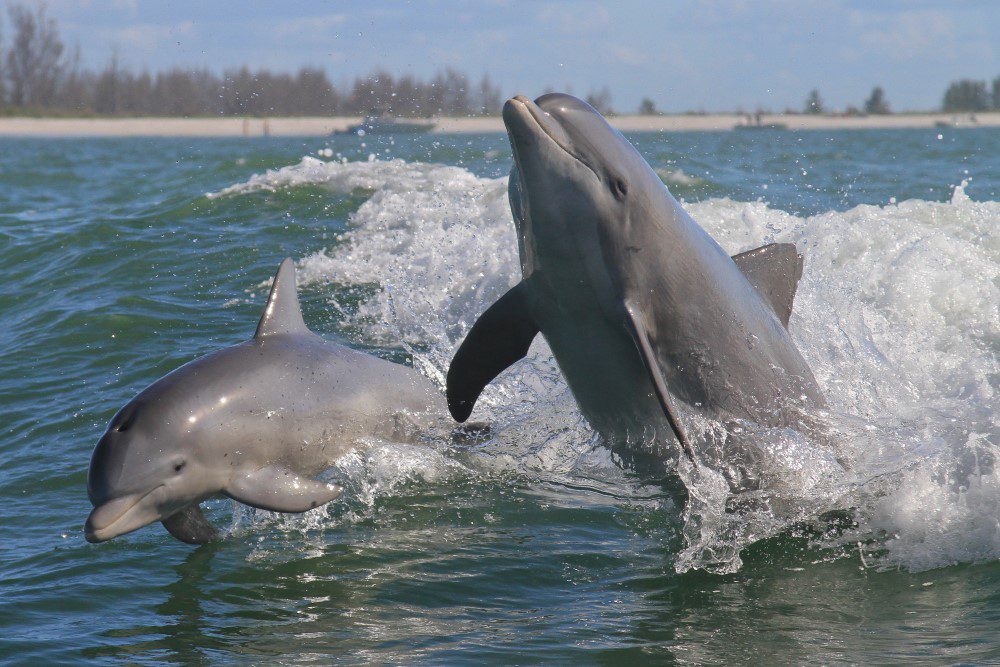Humans are exceptionally naked as primates go, but exactly when and why Homo sapiens decided to ditch the fur is something that’s long interested geneticists. Now, a new study has gone in search of the genetic basis of our bodily baldness and found that we actually still have the full set of genes necessary for fur, they’ve just been silenced.
In search of the root of all hairlessness, the researchers on the new study conducted a first-of-its-kind analysis, looking at the genetic codes of 62 mammals to see what segments of the genome appeared to be crucial for optimal fluffiness. As well as flagging genes known to influence hair growth, the analysis found new ones as well as hundreds of hair-related regulatory elements, which influence gene expression.
Here, an animal’s phenotype can be influenced by epigenetics, which causes changes in an organism that aren’t directed by DNA sequence itself but by regulatory elements that act on its expression. It can explain why some animals may have the genes for a certain phenotype, such as humans having the genes for a full body of hair, but instead express a different one, like us and our relative nakedness.
The genes and regulatory elements identified in the study code for all aspects of hair growth, from shaft shape to pattern of development. Importantly, the researchers were able to identify genomic regions relating to hair growth that had evolved at faster or slower rates, leading to potential explanations for how and when some mammals stopped growing fur.

Some mammals took going hairless further than others. Image credit: Tory Kallman / Shutterstock.com
In the mammals, there are varying degrees of furlessness. You might think humans are pretty bald, until you look at the smooth-as-an-olive dolphins, compared to which we look like kiwi fruit. When similar traits emerge along evolutionarily distinct groups like this, it’s known as convergent evolution and it’s the process behind carcinization, the apparent fact that crab is what peak performance looks like.
Such convergent evolution can be driven by regulatory elements switching off genes across disparate groups of animals, which is what the researchers were looking for when they conducted this study. Using a computational approach, they identified shared genes in mammals that evolved to be hairless and found that regions previously responsible for sprouting fur were accumulating mutations at different rates compared to their fuzzy relatives.
Mutation is a driver of evolution, meaning that these areas could well have been pivotal in animals like humans losing their hair. To think, without them, we could’ve had furry dolphins.
Understanding why we stopped growing hair in certain places is interesting beyond just baring all about our past, as it could also contribute towards therapies to help people regrow hair they want back, such as in the case of male pattern baldness. As for whether your mate who appears to have retained the bodily fur of our ancestors is ripe for scientific investigation, well, we’ll leave that to the geneticists.
The study was published in eLife.
[H/T: Phys.org]
Source Link: Why Did Humans Lose Their Fur? Scientists Uncover New Genetic Clues